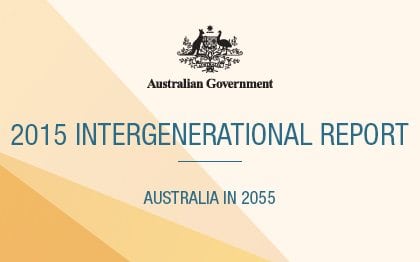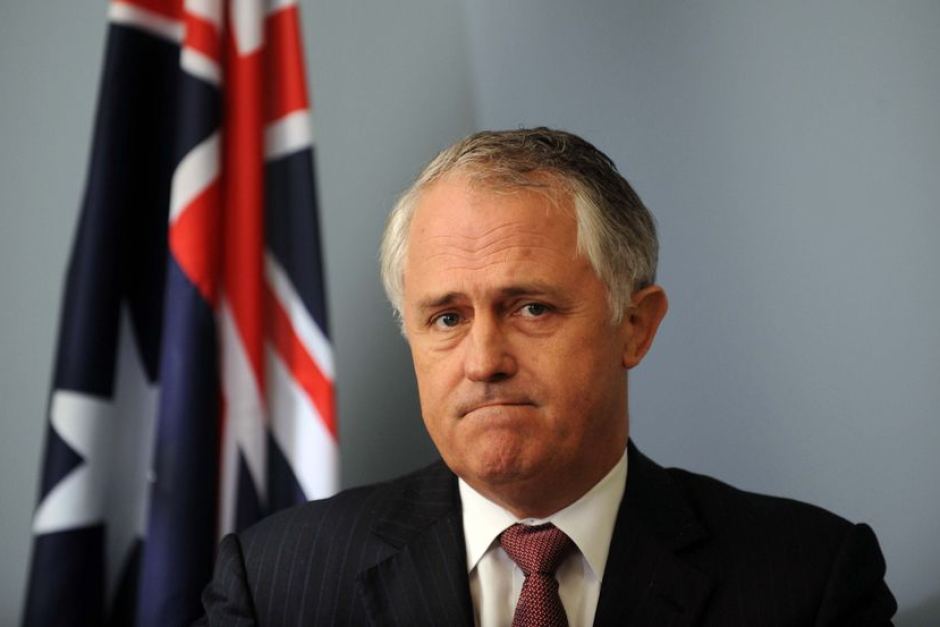Australians pessimistic about retirement lifestyle
The majority of Australians aged 45 and up (53.1%) believe that they will not have an adequate super balance or income to maintain their desired lifestyle in retirement, according to new research from CoreData.
CoreData’s 2016 Post Retirement Report found that pre-retirees expect to need an average of $1,224 a week (up $100 from 2015 and $209 from 2014) and a super balance of $804,559 to maintain their desired lifestyle.
In a bid to manage the risk they will outlive their savings and combat rising costs of living, 81.2% of pre-retirees plan to keep working in some capacity upon retiring.
The report found that awareness and understanding of the retirement solutions available were low among pre-retirees, with only 31.9% stating they have a good understanding of what an annuity can offer and only 27.3% claimed they were likely to purchase one in retirement.
Kristen Turnbull, head of WA at CoreData, said that the average superannuation balances at retirement of $292,500 for men and $138,150 for women fall well short of the $8000,000 balance the average pre-retiree expects they’ll need.
The reality is that retirees are either going to have to drastically alter their expectations for retirement or start making some serious financial and lifestyle sacrifices now if they have any hope of reaching their financial goals in retirement
Digital engagement emerged as a key way superannuation funds can educate over 45s on their retirement options, with 54.8% of pre and post-retirees stating they would like their main fund to make information available on the funds’ website.
[via Financial Standard]






